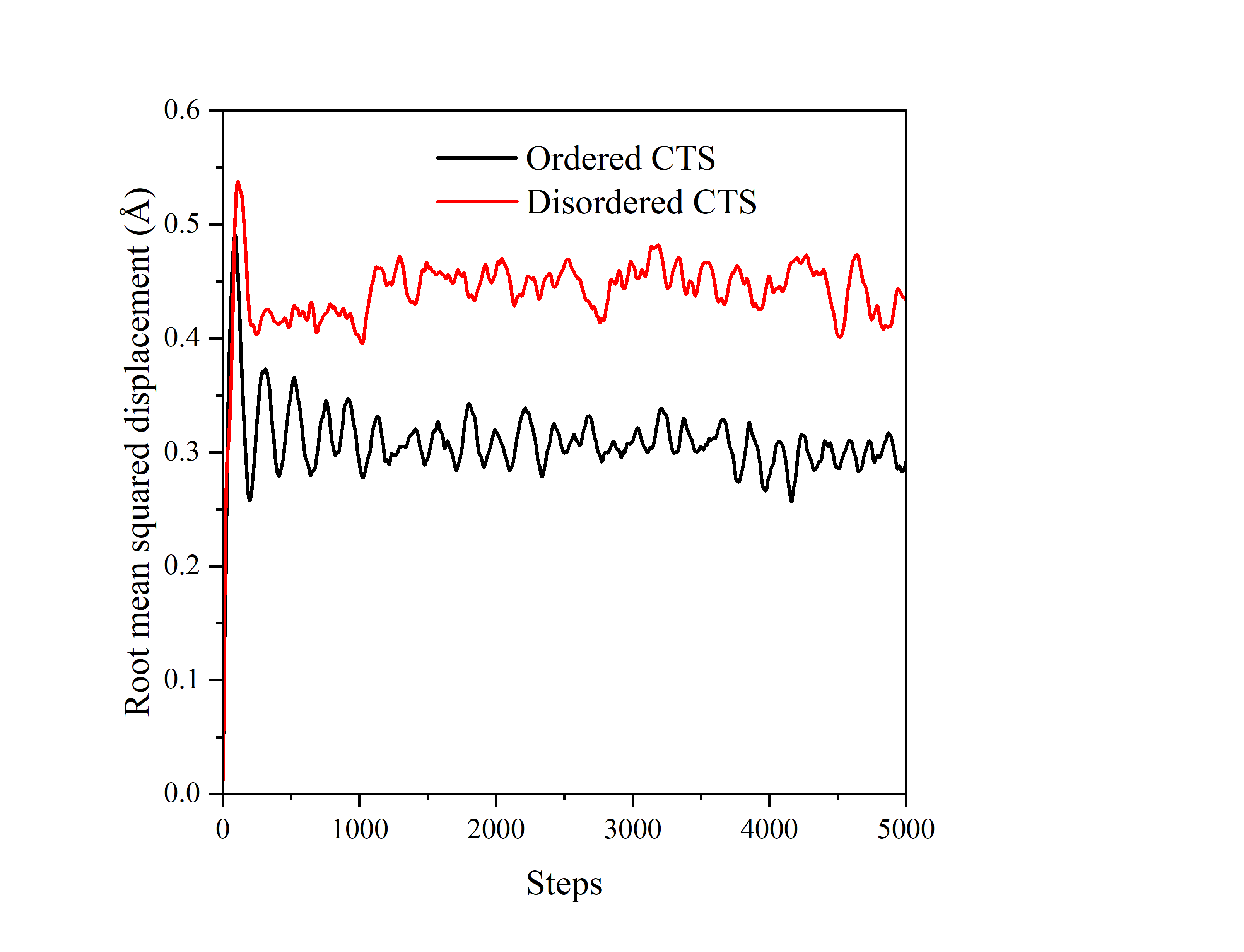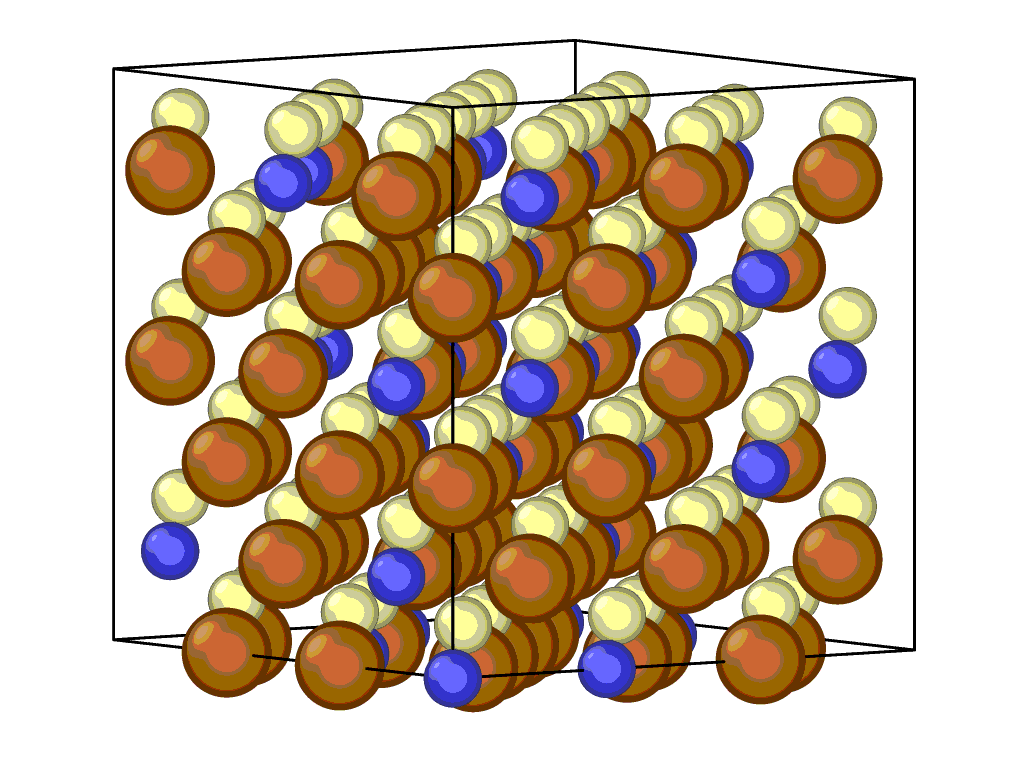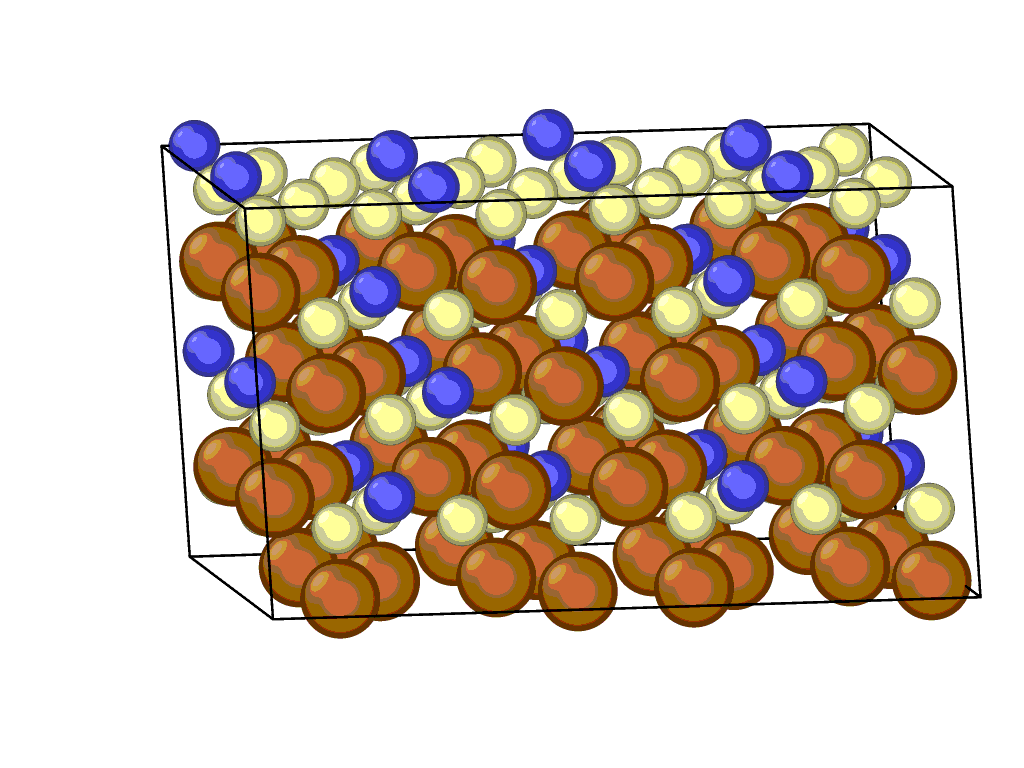MAIN RESEARCH TOPICS
Thermoelectric energy harvesting
Thermoelectric materials are able to convert temperature gradients into voltage and are believed being a possible solution to address the constantly-increasing energy demand, especially through waste heat recovery and ambient/body energy harvesting.
In this LAB we mainly focus on bulk and thin film chalcogenides (CZTS, kesterite Cu2ZnSnS4, and CTS, Cu2SnS3), low-cost and sustainable materials. Our target is to understand what are the fundamental material properties to achieve an enhancement of thermoelectric performance, especially connected with structural symmetry and crystallographic disorder. The research work spans from the production (typically performed with reactive ball-milling or chemical synthesis) , to the full characterization (structural with XRD and microscopy, electronic and thermal properties) , as well as to theoretical investigations of material properties and behaviours (ab initio DFT and MD studies).
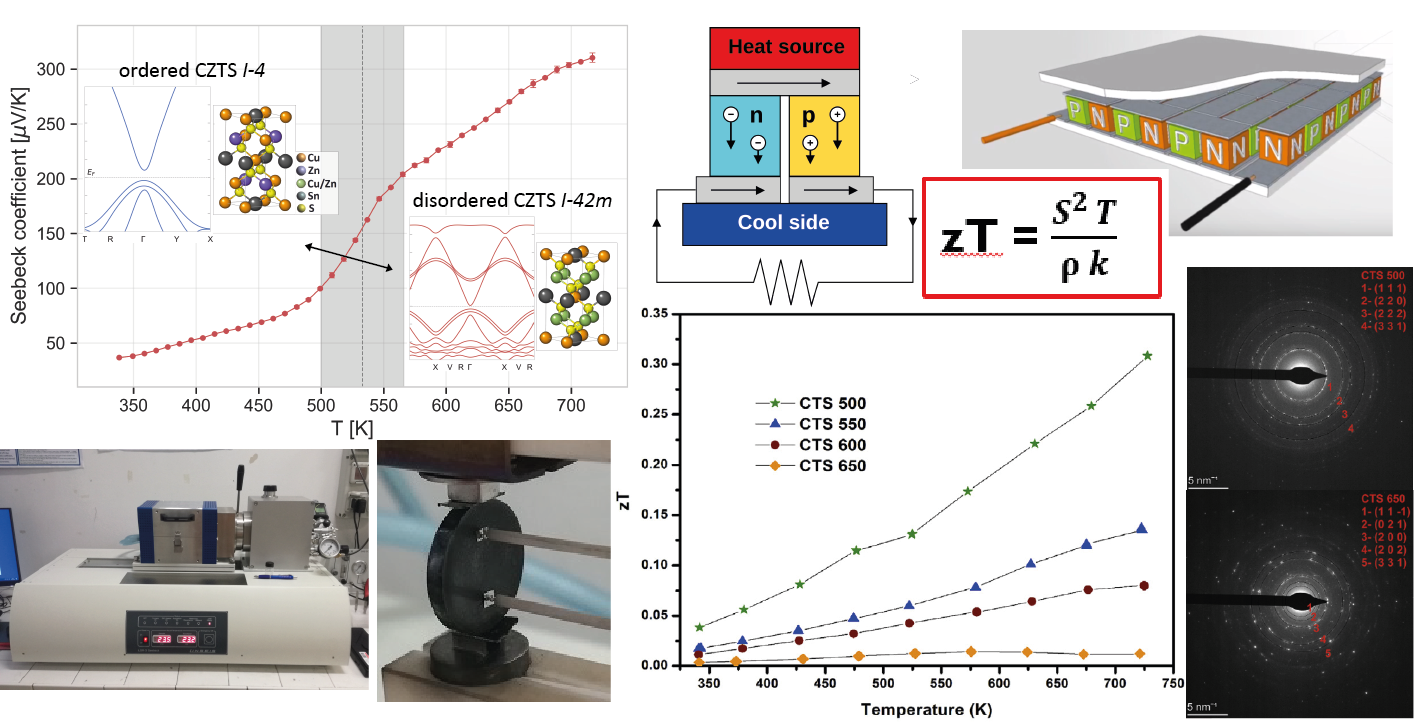
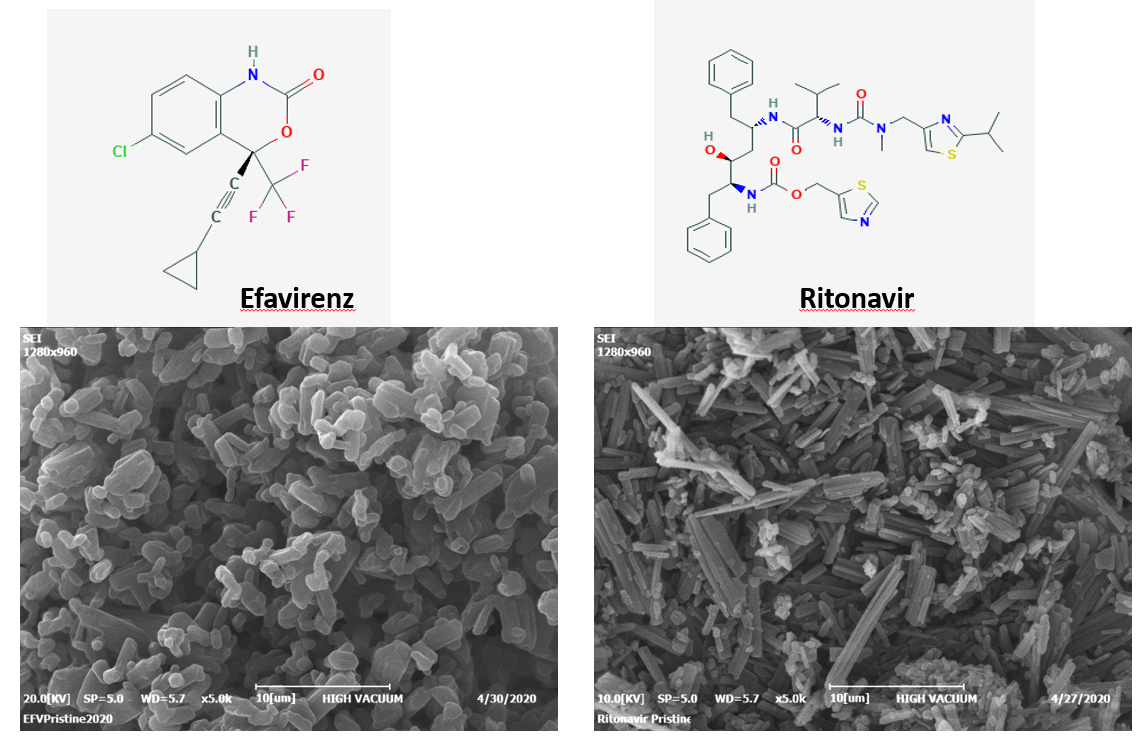
Mechanical activation of drugs for HIV and COVID-19
Efavirenz and Ritonavir are the antiretroviral medications used to treat and prevent HIV/AIDS and COVID-19. In this research the poorly water-soluble drugs of Efavirenz and Ritonavir were mechanically activated by high-energy grinding in a planetary ball mill. In addition, multibody dynamics models are applied to support and understand the milling process. The effect of the mechanical activation on the dissolution behavior was investigated considering changes in the particle size and morphology, as well as antiviral activity.
For more information see CARITRO Project - Mechanical activation to improve bioavailability and reduce adverse effects of drugs in the therapy of chronic diseases: http://efv.dicam.unitn.it/
Fuel cell membranes and technology
The theme of this research is polymer synthesis, membrane, and materials science. Our activities span across the synthesis and characterization of polymeric materials. In particular, we apply modification methods to prepare anion exchange membranes and then employ a variety of characterization techniques to study and understand how the structure and morphology of polymers affects thermal, mechanical, electrical and electrochemical properties of membrane in fuel cell.
Polyketones seem particularly promising as materials for making anion exchange membranes, not only because the starting monomers, carbon monoxide and ethylene, are relatively inexpensive (pointing to the feasibility of producing polyketone at a more competitive cost than other membranes), but also because the presence of 1,4-dicarbonyl units along the backbone is an important chemical feature for the purposes of chemically modifying these polymers. This research aims to give an account of the use of modified aliphatic polyketone to develop anion exchange membranes that will significantly advance progress in fuel cell technology.
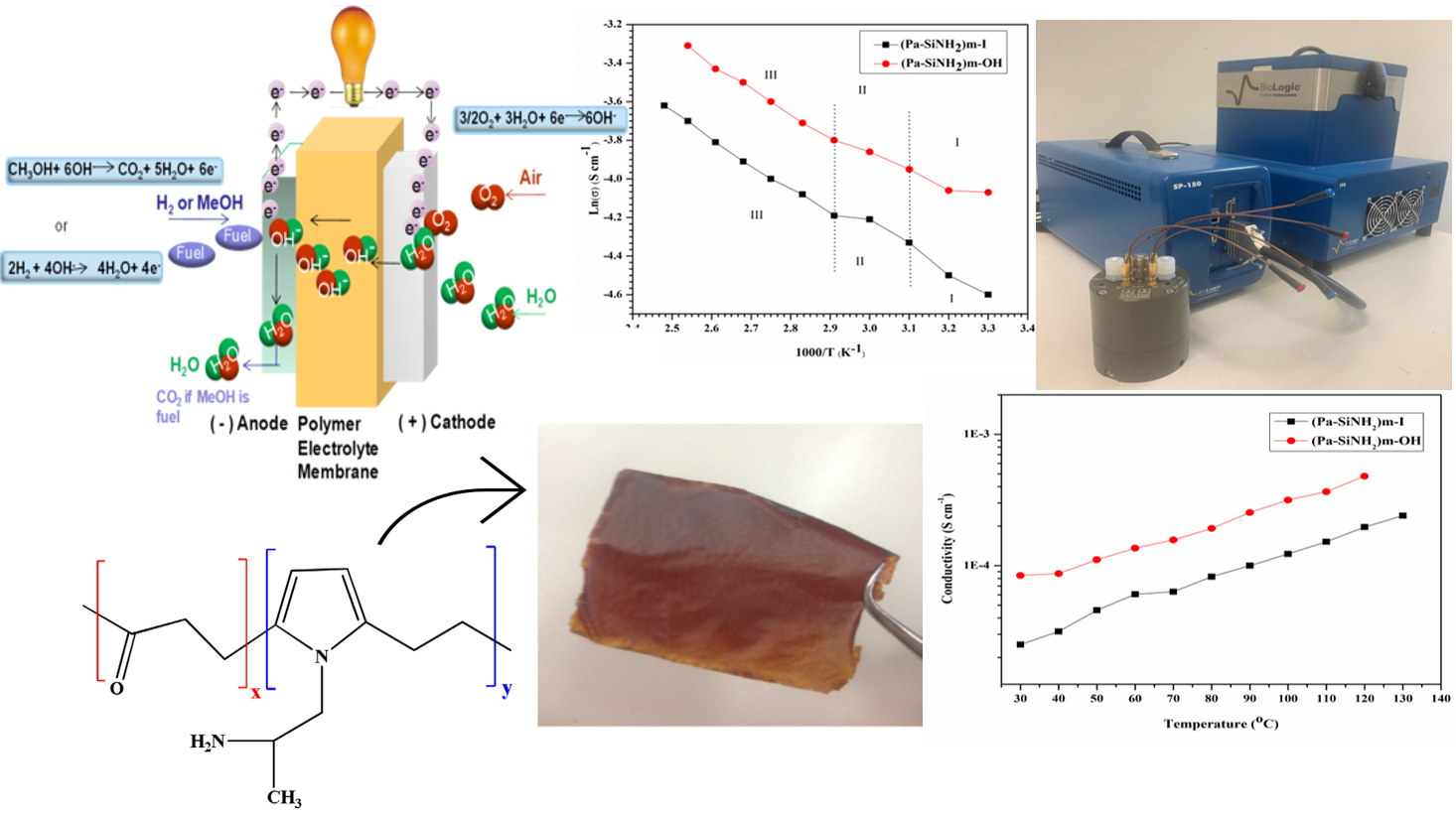
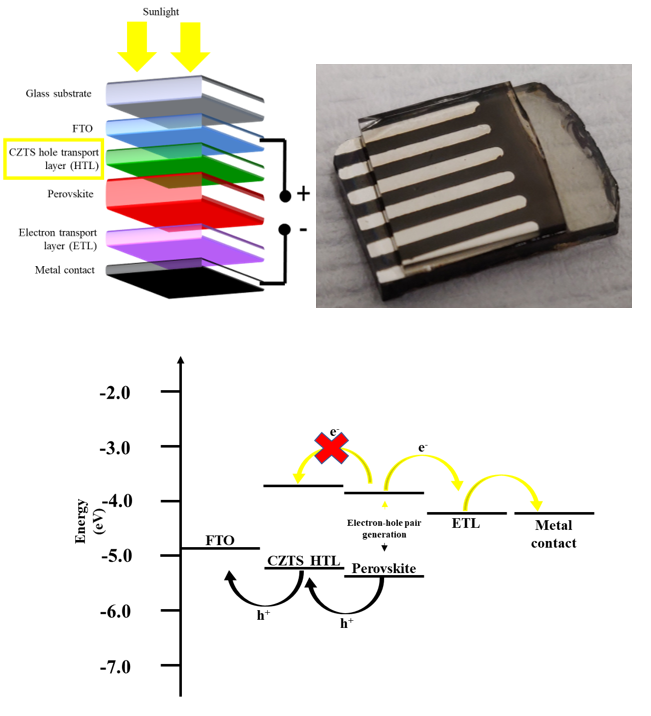
Perovskite solar cells
Perovskite materials such as CH3NH3PbI3 proved to be good absorbers for solar cells. They have an energy band gap around 1.5 eV with conduction and valence band values of -3.9 eV and -5.4 eV, respectively. They also have a long diffusion length, providing more stable pathway for electron injection. In addition, External Quantum Efficiency (EQE) shows that light-harvesting process occurs at spectrum around 400–800nm. All-solid-state Perovskite solar cells (PSC) may achieve up to 25.2% power conversion efficiency, with proper materials and fabrication. PSCs are developing to be almost as good as conventional, first-generation crystalline silicon solar cells. However, stability for commercialization purposes is still questionable.
In this lab, we are focusing on the use of a material previously studied to be an absorber for solar cell, Cu2ZnSnS4 (CZTS), to be utilized as a hole transport layer (HTL) in perovskite solar cells. CZTS is an inorganic semiconducting material with good electrical properties, superior stability, facile and low-cost synthesis using non-toxic and abundant elements, and tuneable band gap. Due to its properties, CZTS is sought out as one of the suitable candidates to replace current HTL, hoping to improve the overall stability of PSC while maintaining or better improving its performance. The research work covers almost the entirety of PSC fabrication and analysis, including synthesis and deposition of CZTS thin film, PSC assembly, material characterization, and performance analysis.
Nanocatalysis
The world is facing severe environmental degradation due to human activities, a significant portion of which is the generation of harmful chemicals through various industrial processes. It is therefore not surprising that catalysts, as agents promoting efficient chemical processes, command a dominant role in chemical industry. By virtue of their small size and high surface-to-volume ratio, nanocatalysts (NC’s/0 are a class of material holding great promise for a wide range of catalytic applications, including but not limited to chemical synthesis, removal of harmful substances and in alternative energy devices such as fuel cells.
Catalytic processes occur on the surface of a material, the electronic properties at the surface being influenced by the strain-state. Strain engineering of a NC can be performed by varying the size, shape and synthesis pathways for the nanoparticle. In order to obtain a fundamental understanding of the role of morphology in nanocatalysis, as well as to obtain an efficient methodology to design better NC’s, we use a combination of multi-scale modelling and high quality experimental data-acquisition and analysis. Using the whole-powder pattern modelling (WPPM) method developed by Prof. Scardi, we perform phenomenological analysis of X-ray diffraction data primarily acquired at synchrotron facilities, in order to make a highly accurate characterization of the mechanical properties of NC’s. Using classical molecular dynamics simulations, we simulate the dynamical evolution of these nanoparticles, in order to understand how they evolve under effects of temperature, pressure, and external applied loads, and how a wide range of nanoparticle morphologies can affect the nature of this evolution. And ultimately, using density functional theory, we obtain a correlation at the quantum mechanical level, between the mechanical properties of NC’s and their electronic states, in order to obtain a complete and global understanding of the nanocatalysis.
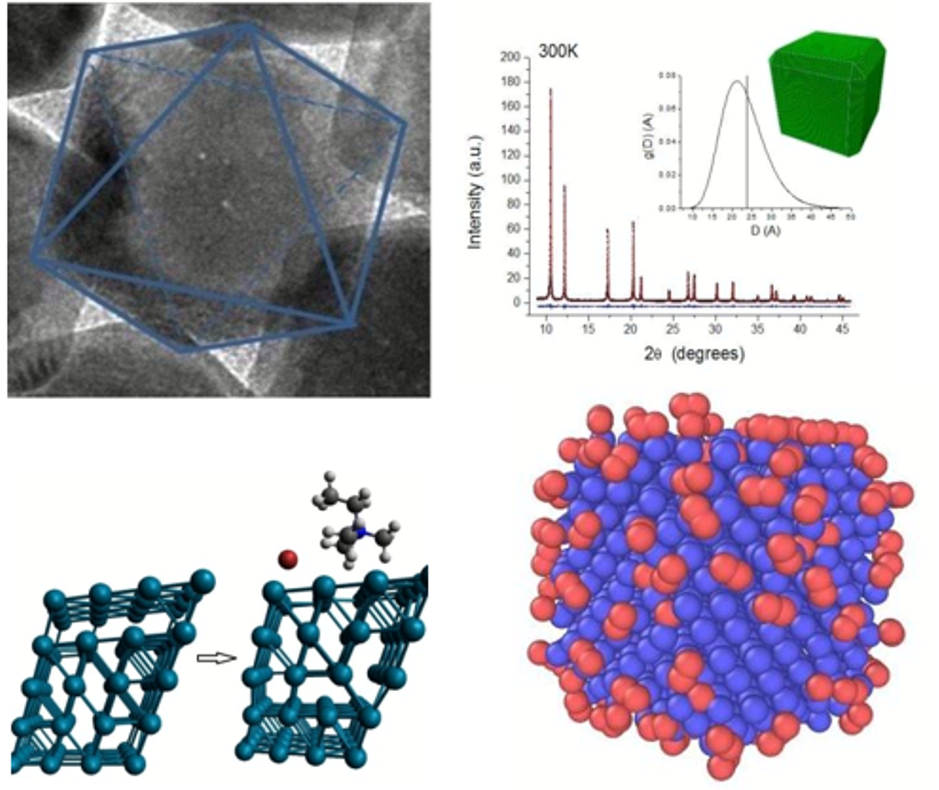
Modeling and Simulation
In our laboratory, we use Density Functional Theory (DFT) and molecular dynamics simulations to understand the properties of nanostructured materials. In particular, DFT is used to determine the quantum mechanical ground state of a many-electron system for potential application in the field of thermoelectricity.
Our target systems are Cu-Sn based chalcogenides for applications in the thermoelectricity. Our research activities include understanding the electronic and phononic transport phenomena in thermoelectric materials. We take advantage of DFT, DFPT, AIMD simulations to understand the mechanism of electron and phonon transport in thermoelectric materials using the codes Phonopy, Phono3py and BoltzTraP2. The aim is to gain a deeper understanding of the transport phenomena.
The lab has licences for the VASP and Medea software and has access to HPC resources.
